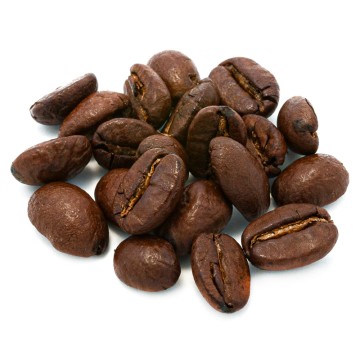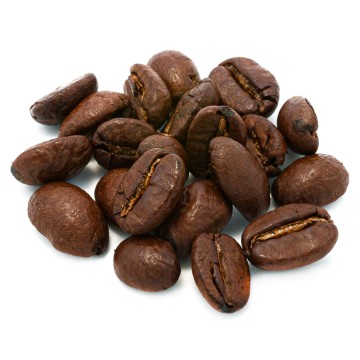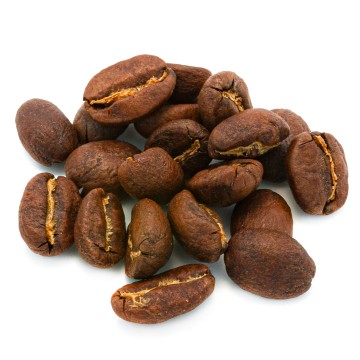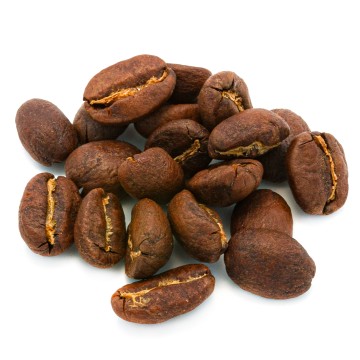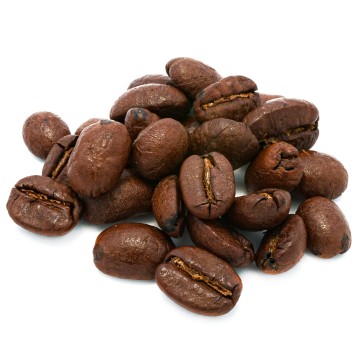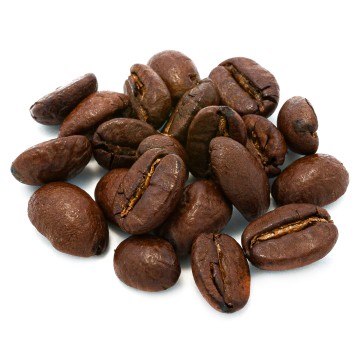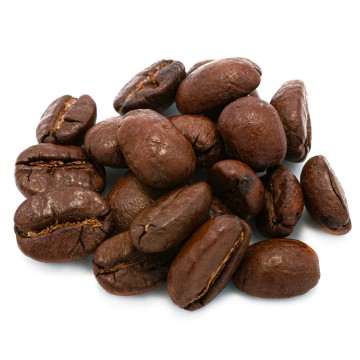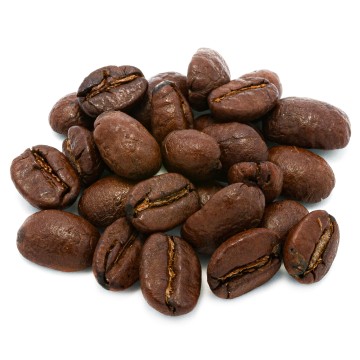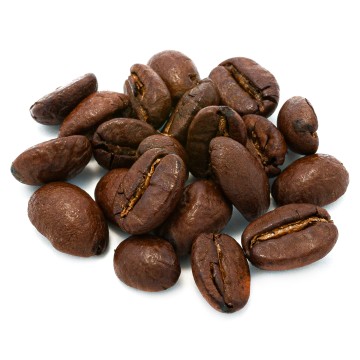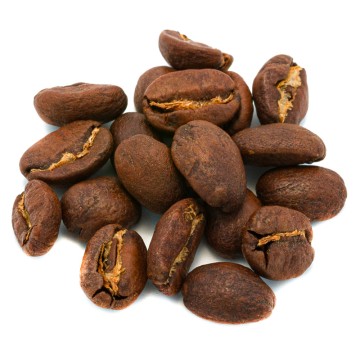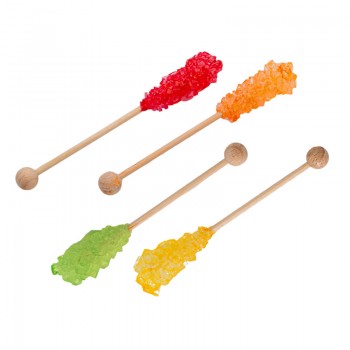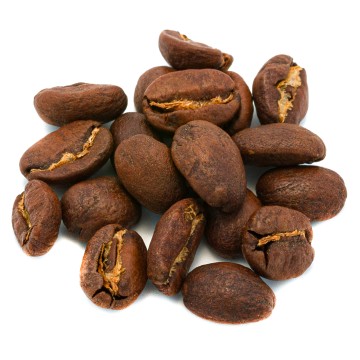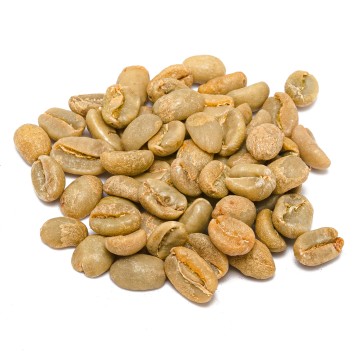For Nicaragua, coffee is the largest agricultural export, an arabica is produced at different altitudes starting from 300 meters which also takes advantage of the volcanic soil to acquire a sweet and aromatic.
History of coffee production in Nicaragua
Coffee in Nicaragua was introduced by Catholic missionaries around 1790, some say 1796 more precisely. However, it was only in the middle of the following century, therefore later than in other neighboring states , which the coffee production industry is establishing itself. During the 20th century the government worked hard to increase production, therefore focusing on quantity rather than quality but this did not undermine the Nicaraguan vocation for the production of quality coffee. Nicaragua is currently recommended as a gourmet coffee producing country and the varieties of arabica grown are: Caturra, Bourbon, Pacamara, Maragogype, Maracaturra, Catuai and Catimor. As far as quantity is concerned, the country is close to the top ten world producers, despite not being a very large country. According to some rankings it ranks 12th. Nicaragua, which has an extension of just under 45% of that of Italy, is divided into 15 departments, coffee production today is concentrated in three departments: Jinotega, Nueva Segovia and Matagalpa.
The quality of Nicaraguan coffee
As we mentioned, Nicaragua is known as a producer of quality coffee. There is a classification divided into 4 bands based on the altitude of the crops: S.H.G. Strictly High Grown (coffees grown between 1500 and 2000 metres), H.G. High Grown (coffee grown between 1300 and 1500 metres), G.W. Good Washed (coffees grown between 1000 and 1300 metres), C.S. Central Standard (coffees grown between 500 and 1000 meters). As regards the aromas we can say that in general these are sweet and aromatic varieties of arabica, these aromatic notes can then vary from coffee to coffee, there is certainly not just one type of Nicaraguan coffee, just look at what we have written, the diversity of altitude of the plantations, the different qualities of arabica cultivated and the particularities of the volcanic soil to understand that the result is a wide range of coffees slightly different from each other. Purely by way of example, we can mention that coffees that come from the Jinotega region tend to have a slightly higher acidity and that coffees from the Nueva Segovia department are particularly appreciated for their high quality. But high quality coffee also comes from the department of Matagalpa which is in the north of the country where the highest mountains are located, those reaching 2000 metres. In Nicaragua it is also very common to treat Bourbon quality beans (the most produced) with the addition of flavorings such as vanilla and chocolate. In general it should be remembered that mountain coffee is of better quality because Coffea arabica loves abundant rainfall. The fertile soils and lush vegetation of tropical climates but cannot tolerate excessively high temperatures, for example it is thought that due to climate change in countries like Nicaragua the ideal quota for obtaining quality coffee in the coming decades is destined to rise.


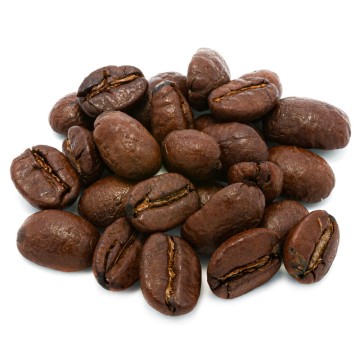
 No reward points for this product.
No reward points for this product.
